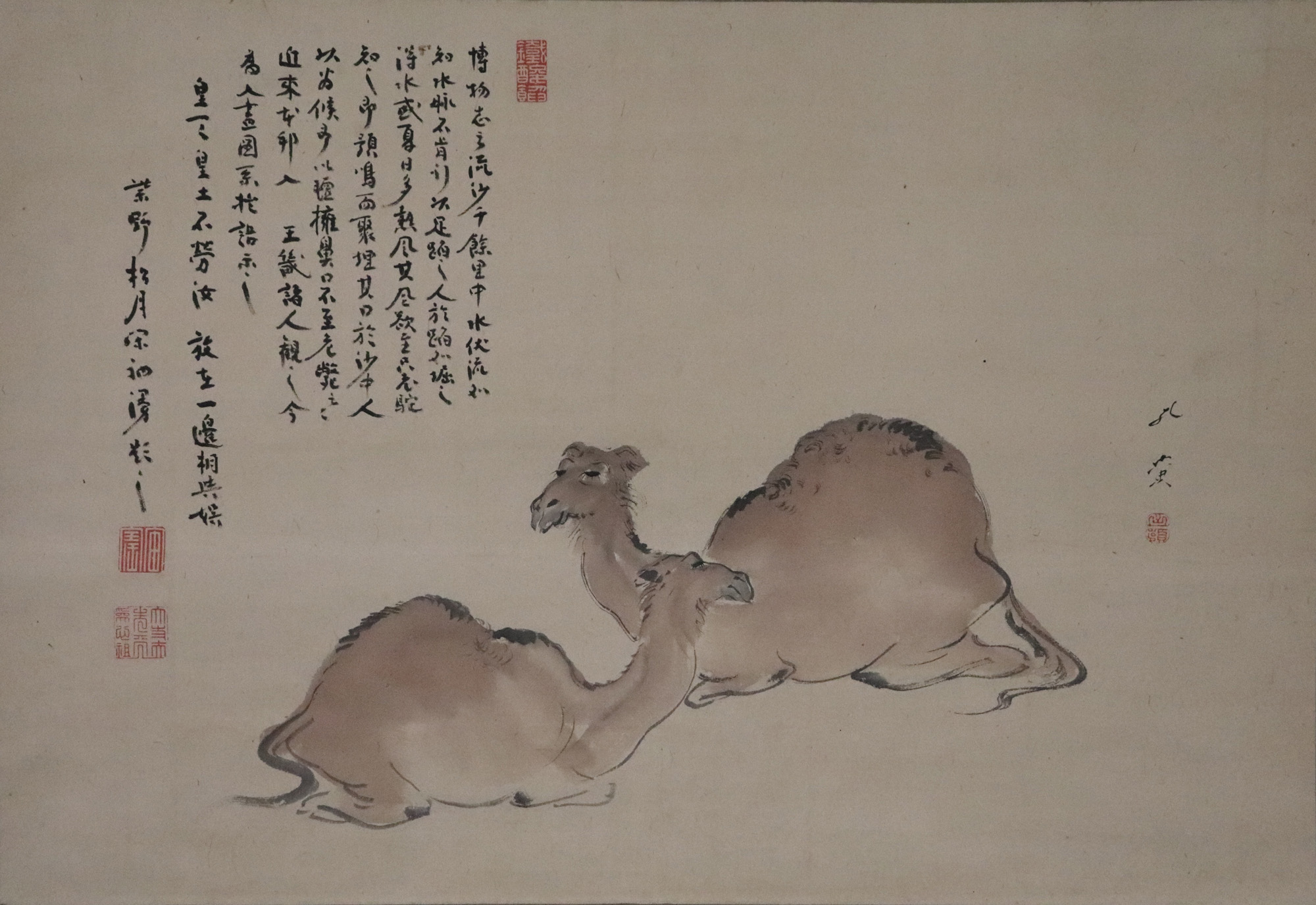"Do You Know Osaka Painting Circles?" ("Gozonji Desu-ka? Osaka Gadan") at the Shokado Garden Art Museum questions whether visitors know of Osaka's early modern painters. This is not disingenuous. Early modern Japanese art history has long focused on the Edo (Tokyo)/Kyoto polarity, sidelining other artistic centers. The show seeks to retrieve the cultural contribution made by Japan's "third" city, usually known for commerce and industry.
Approximately 40 works by 20 painters and a few others by printmakers are drawn from a private collection. The primary historical emphasis is on Osaka-born artists who worked in the city in the mid-to-late Edo Period (1603-1868). There are a number of engaging tensions apparent, not least of which is: What constitutes an "Osaka artist," or an Osakan style?
Osakan aesthetics have conventionally emphasized regional traits like humor, boisterousness, ebullient Naniwa (present-day Osaka) emotion, or aesthetics of omoroi (fun, or associated qualities of interestingness). What is observed in the exhibition works, however, is Osaka as a cultural intersection for a number of farther flung traditions.


















With your current subscription plan you can comment on stories. However, before writing your first comment, please create a display name in the Profile section of your subscriber account page.